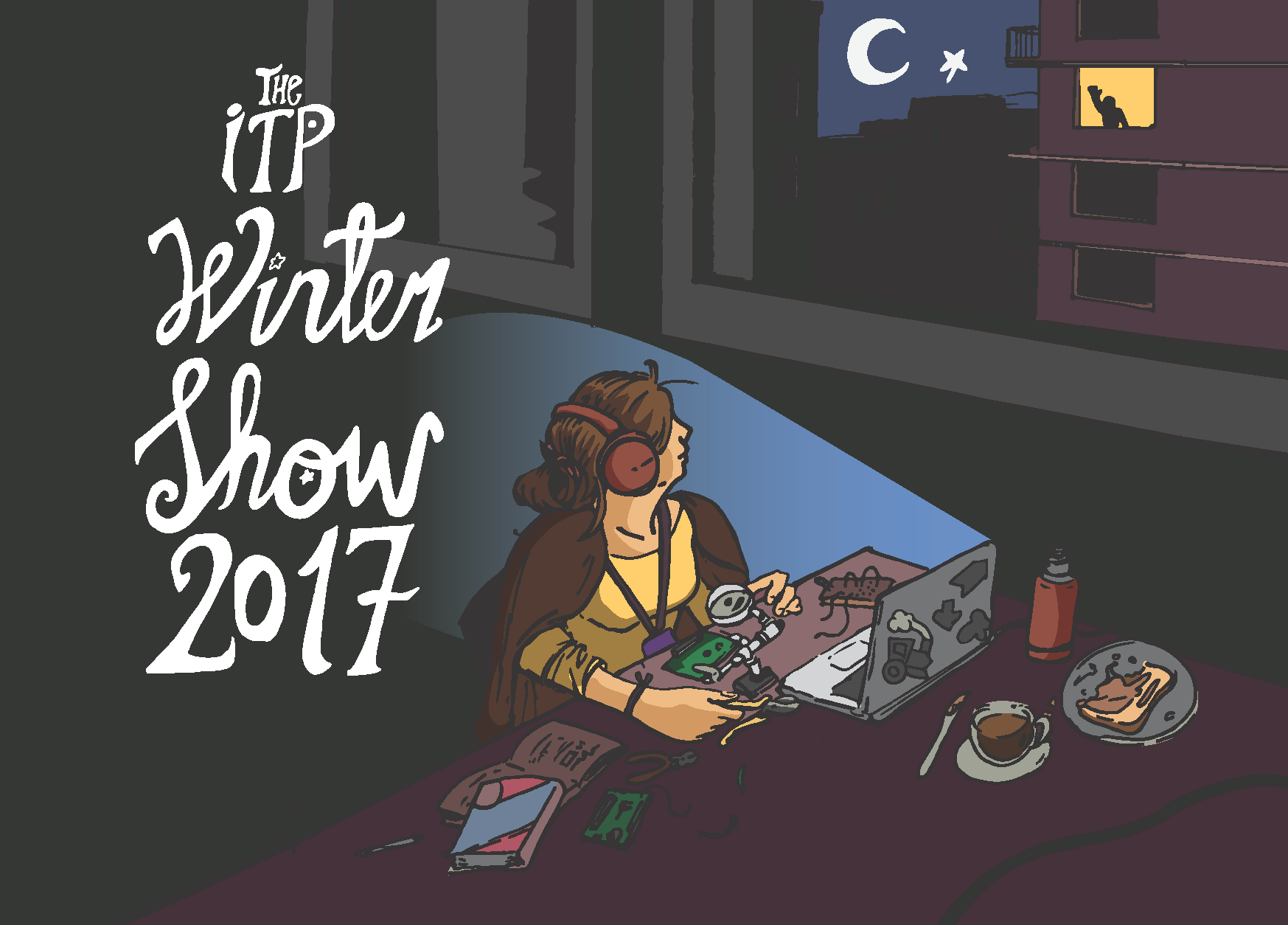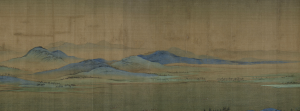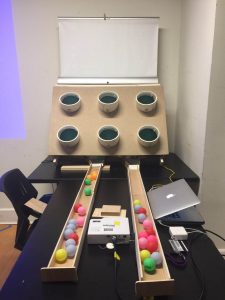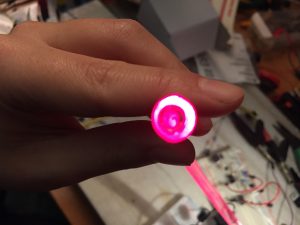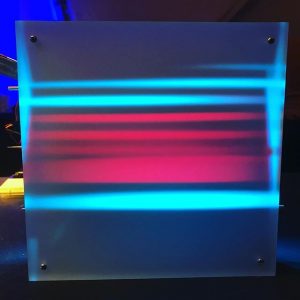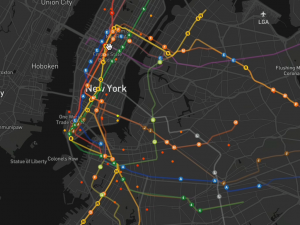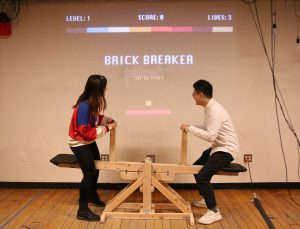Eva Yipeng Chen
Create your own version of the most famous Chinese painting.
https://wp.nyu.edu/evachen/2017/11/28/icm-final-v1-0/
Description
Blue-green landscape painting is my favorite traditional Chinese painting style. Recently, the Palace Museum in Beijing, China, is exhibiting the most famous blue-green paintings includes the Panorama of Mountains and Rivers. This 1000-year old legendary painting is extraordinarily delicate and fragile, so it can only be exhibited once every ten years. I studied the elements in the traditional blue-green paintings, pulled all the elements out piece by piece, Layered them up in the order you like, then you now have your own version of the Panorama of Mountains and Rivers.
Classes
Introduction to Computational Media
